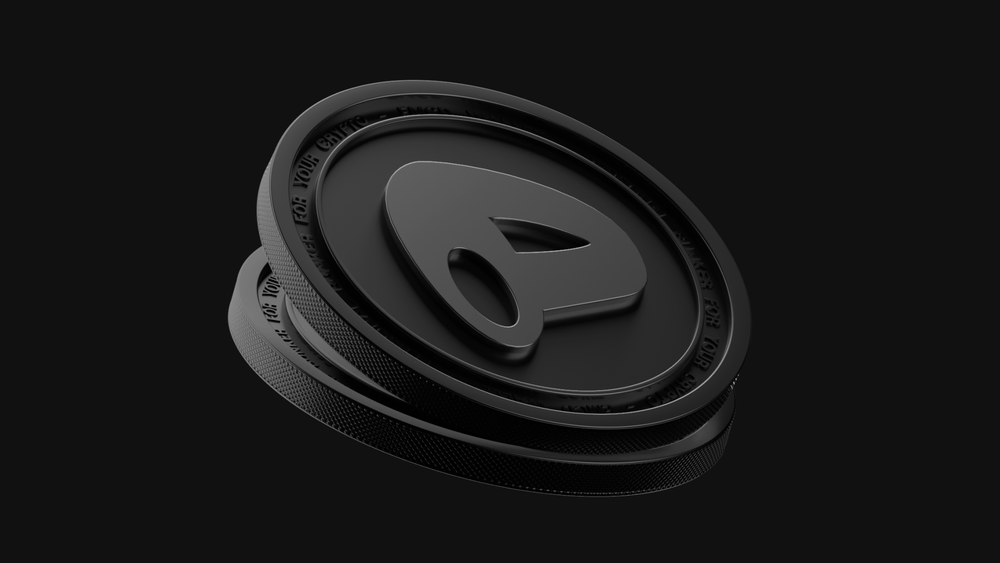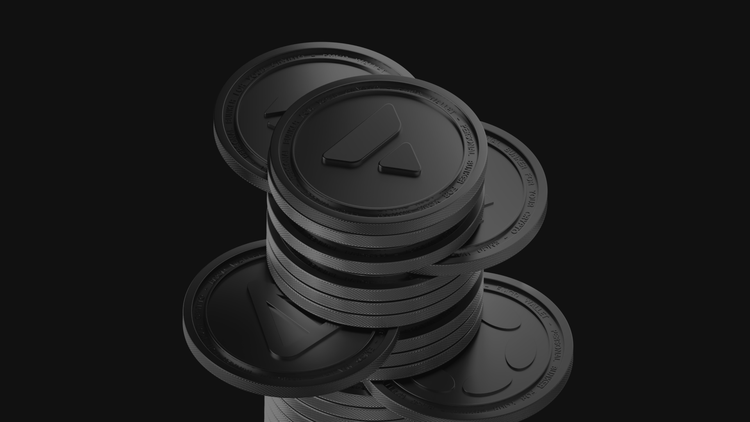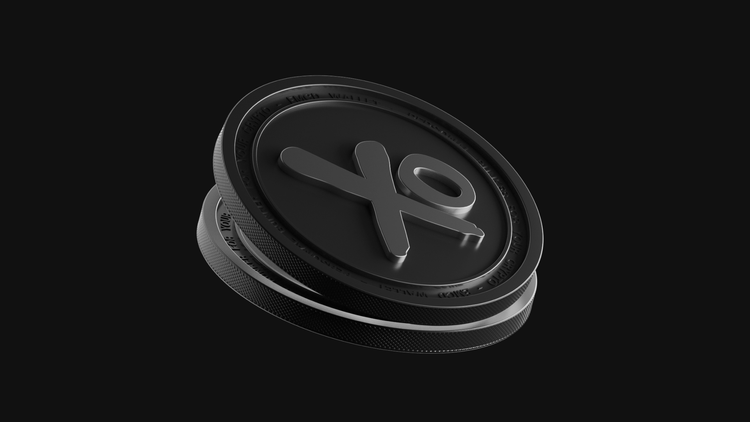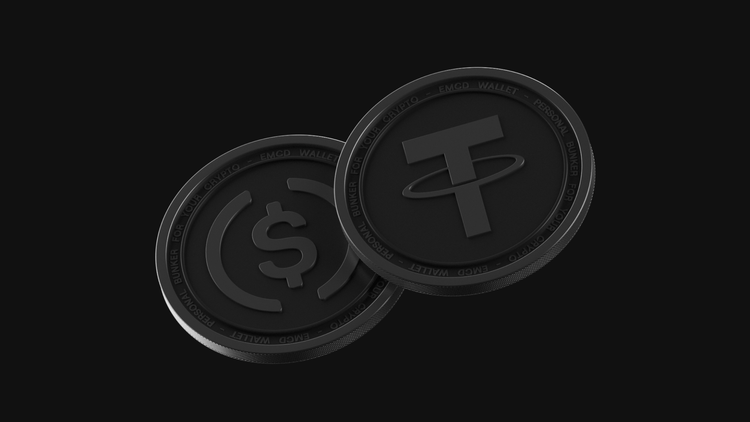Curve DAO Token: From First Purchase to Real Use

Centralized platforms mean control and restrictions, especially when it comes to swapping stablecoins. High fees, unstable liquidity, and rigid limits make trading a headache.
Curve Finance offers a better way. It’s a decentralized exchange built specifically for stablecoin swaps with minimal slippage. At the core of its ecosystem is the CRV token. It’s your key to governance, rewards, yield farming strategies, staking, and other powerful DeFi tools.
If you’re serious about diving deeper into DeFi, the Curve DAO token is a must-know.
In this guide, you’ll learn how the Curve project was born, how it works today, and how CRV can unlock new options for you.
What’s Curve Finance and the CRV Token?
Curve Finance is a decentralized protocol designed for swapping cryptocurrencies of the same value, with stablecoins as its main focus. Curve’s algorithm is fine-tuned to reduce slippage and make swaps as efficient as possible.
The project operates as a Curve DAO. It’s a decentralized autonomous organization where the community makes the key decisions through voting.
At the heart of this system is the CRV token. Holders can vote on protocol changes and earn rewards. To take part in governance and receive a share of protocol fees, users stake their CRV, locking it to receive veCRV, the platform’s internal governance token.
The longer you lock your CRV, the more voting power you get, and the higher your potential rewards.
How Curve Started: The Story Behind the Protocol
Curve was launched in 2020 by Michael Egorov, a Russian physicist and programmer. Egorov noticed that popular decentralized exchanges like Uniswap weren’t ideal for stablecoin swaps, as users were losing too much to slippage.
To solve this, he developed a low-volatility algorithm specifically optimized for stable assets. Shortly after Curve’s launch, the team introduced Curve DAO, a decentralized autonomous organization with its own governance token, CRV. This gave users the power to vote on protocol changes and earn a share of trading fees.
The Curve Finance Mechanics: A Simple Breakdown
At its core, Curve runs on liquidity pools. You deposit your stablecoins into these pools and receive LP tokens in return, giving you a cut of the trading fees and access to yield farming options.
Unlike other DeFi protocols, Curve focuses exclusively on stable assets and uses a custom formula to minimize slippage during swaps. You don’t have to provide every token in the pool since the system automatically balances the assets for you.
Curve also acts as a yield aggregator. It helps liquidity providers earn not just swap fees, but also extra income through integrations with platforms like Compound and yEarn.
CRV plays a central role in many DeFi strategies. It’s used to govern the Curve protocol and in some cases, to boost your pool rewards.
CRV: The Key Driver of Curve’s Success
The Curve DAO Token (CRV) is the backbone of the Curve protocol. CRV powers the entire system through multiple functions:
- Governance. CRV holders vote on protocol updates and new proposals
- Staking and rewards. When you lock CRV to receive veCRV, you strengthen your voting power and earn a share of Curve’s trading fees
- Boosting rewards. veCRV holders can boost their liquidity rewards by up to 2.5x. This is the maximum multiplier (not guaranteed) since reaching it often requires holding a significant amount of veCRV or using services like Convex Finance
In short, CRV is your key to earning, influencing, and scaling your role in Curve’s governance. The longer you stake, the more benefits you unlock.
How to Get CRV: Buy, Farm, Stake
CRV powers the system and gives your assets real utility. With the right strategy, you can use CRV to earn through staking and farming while also gaining a say in how Curve operates.
- Buy it. The simplest way is to purchase CRV on an exchange or directly in a crypto wallet. For example, the EMCD CRV Wallet lets you buy CRV on ERC-20 with easy deposits, withdrawals, and swaps without extra steps required
- Farm it. Provide liquidity to Curve’s pools and earn CRV as a reward
- Stake it. Lock your CRV in Curve DAO to receive veCRV, giving you voting rights and the ability to boost your yield farming rewards
How to Use CRV Tokens: Voting and Rewards
CRV is your key to governance. As a CRV holder, you can vote on:
- How rewards are distributed across liquidity pools
- Changes to protocol parameters
- Which new assets get added to Curve
The more veCRV you hold, the more powerful your vote becomes. Staking CRV multiplies your role since you help steer the platform and increase your profits.
If you don’t feel like voting yourself, then it’s not a problem. You can delegate your CRV to other DAO members who will vote on your behalf.
Curve and CRV: The Perks and Pitfalls
Curve and CRV have plenty of advantages, especially if you’re comfortable navigating the DeFi space. But no system is perfect. Before you invest or farm CRV, it’s smart to consider both the benefits and the risks.
Advantages:
- Minimal fees and low slippage for stablecoin swaps
- Highly efficient trading optimized for stable assets
- Decentralized governance via Curve DAO
- Earn from staking and yield farming
- CRV is listed on major exchanges
- Integrations with other DeFi protocols and pools
Drawbacks:
- Complex interface
- Competition from other DeFi platforms
- CRV inflation due to high token issuance, which could lead to long-term price pressure and lower yields
- Limited liquidity outside of Curve’s ecosystem
- Reliance on active community participation
- Less price predictability compared to top-tier assets like BTC or ETH
Curve and CRV aren’t for everyone, but if you’re DeFi-savvy, they unlock powerful tools for earning more and participating in protocol governance.
What’s Next for Curve DAO and CRV?
Curve is actively expanding beyond Ethereum. It’s already running on Arbitrum, Optimism, Polygon, and other chains. These multichain integrations make Curve faster, cheaper, and more accessible to a wider audience.
Backed by a strong community and an experienced team, Curve DAO continues to grow. The CRV token remains one of DeFi’s core assets, and its role is likely to become even more important as demand for stablecoins and yield farming strategies rises.
Is CRV a Smart Investment?
If you believe in DeFi and the future of decentralization, CRV could be a smart addition to your portfolio. It’s a tool for governance, rewards, and deeper participation in the Curve ecosystem.
That said, like any crypto asset, CRV comes with volatility. Markets change fast, so it’s wise to start small. Try testing Curve’s features directly in the EMCD Wallet, where you can easily buy and trade CRV on ERC-20. Explore the ecosystem, see how it works for you, and decide if you’re ready to increase your position.
FAQ
What is the CRV token and why is it important?
CRV is the governance token of Curve. It lets you vote on protocol changes and earn rewards through staking and liquidity farming.
How can I earn CRV tokens?
Provide liquidity to Curve pools and earn CRV as a reward. You can also stake CRV to boost your profits and participate in governance.
Where can I buy and safely store CRV?
CRV is available on both centralized and decentralized exchanges, or directly in the EMCD Wallet. There, you can easily buy, store, and trade CRV on the ERC-20 network.
What role does CRV play in governance?
CRV is your vote in Curve DAO. The more CRV, especially veCRV, you hold, the more say you have in how the protocol evolves.
What are the risks of using Curve Finance?
Like any DeFi platform, Curve carries risks like smart contract vulnerabilities, liquidity fluctuations, and market volatility. Never invest more than you’re prepared to lose.
How is Curve different from other DeFi platforms?
Curve is specifically optimized for stablecoins, offering minimal fees and low slippage. It’s a go-to platform for low-risk yield farming.




